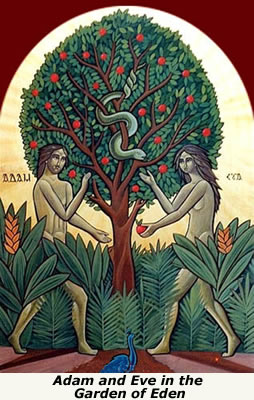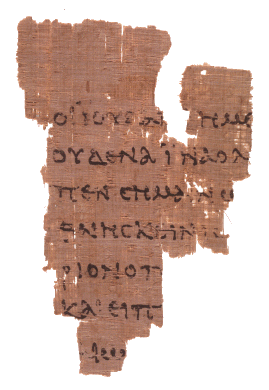- Arabic Corner
- Audio
- Bible Study
- Coptic Reader
- Children's Corner
- Deacons
- Evangelism & Apologetics
- Evangelism Pamphlets
- Interesting Facts
- Literature
- Pigori Productions
- Priests Corner
- Questions & Answers
- Reading Recommended
- Saintly Studies
- Servants Guide
- Sunday School Curriculum
- Sunday School Curriculum-Special Needs
- Youth Corner
Interesting Holy Bible Facts
Old Testament and New Testament

Why do we follow the Septuagint Translation of the Old Testament?
The first translations of the Old Testament were made into Aramic and Greek.
From about 400 BC the Old Testament began to be translated into Aramic or also know as the Aramaic targums. This translation helped the Jewish people who began to speak Aramaic from the time of their captivity in Babylon.
In about 250 BC, the Old Testament was translated into Greek. This translation is known as the Septuagint which is the first translation of the Hebrew Old Testament into Greek. The Jews who lived in Alexandria, Egypt, were no longer familiar with Hebrew since Greek had become their everyday language.
What about the New Testament?
Over 5,600 early Greek manuscripts of the New Testament survived. The oldest New Testament manuscript dated around AD 125 was discovered in Egypt. It is known as the John Rylands manuscript. This manuscript contains a small part of the Holy Gospel according to St. John.

This small fragment of St. John's Gospel, less than nine centimetres high and containing on the one side part of verses 31-33, on the other of verses 37-38 of chapter xviii is one of the collection of Greek papyri in the John Rylands Library, Manchester. It was originally discovered in Egypt. The importance of this fragment is quite out of proportion to its size, since it may with some confidence be dated in the first half of the second century A.D., and thus ranks as the earliest known fragment of the New Testament in any language. It provides us with invaluable evidence of the spread of Christianity in areas distant from the land of its origin; it is particularly interesting to know that among the books read by the early Christians in Upper Egypt was St. John's Gospel, commonly regarded as one of the latest of the books of the New Testament. Like other early Christian works which have been found in Egypt, this Gospel was written in the form of a codex, i.e. book, not of a roll, the common vehicle for pagan literature of that time.
Early translations of the New Testament from Greek into Latin, Syriac, and Coptic versions began about AD 180. In AD 300, the Coptic versions were translated into the four Coptic dialects known in Egypt at that time: Sahidic, Bohairic, Fayyumic, and Akhmimic.
A final interesting fact to consider ...Coptic was the final stage of the classical Egyptian language, following the invasion of Alexander the Great (332 B.C.) up thru the Arab conquest (640 A.D.). Coptic is written in a form of the basic Greek alphabet, supplemented by six (sometimes seven) letters adapted from Demotic, the final developmental stage of the Egyptian hieroglyphic / hieratic script.
Unicode Standard 4.0 Greek and Coptic Character Code Tables and Names